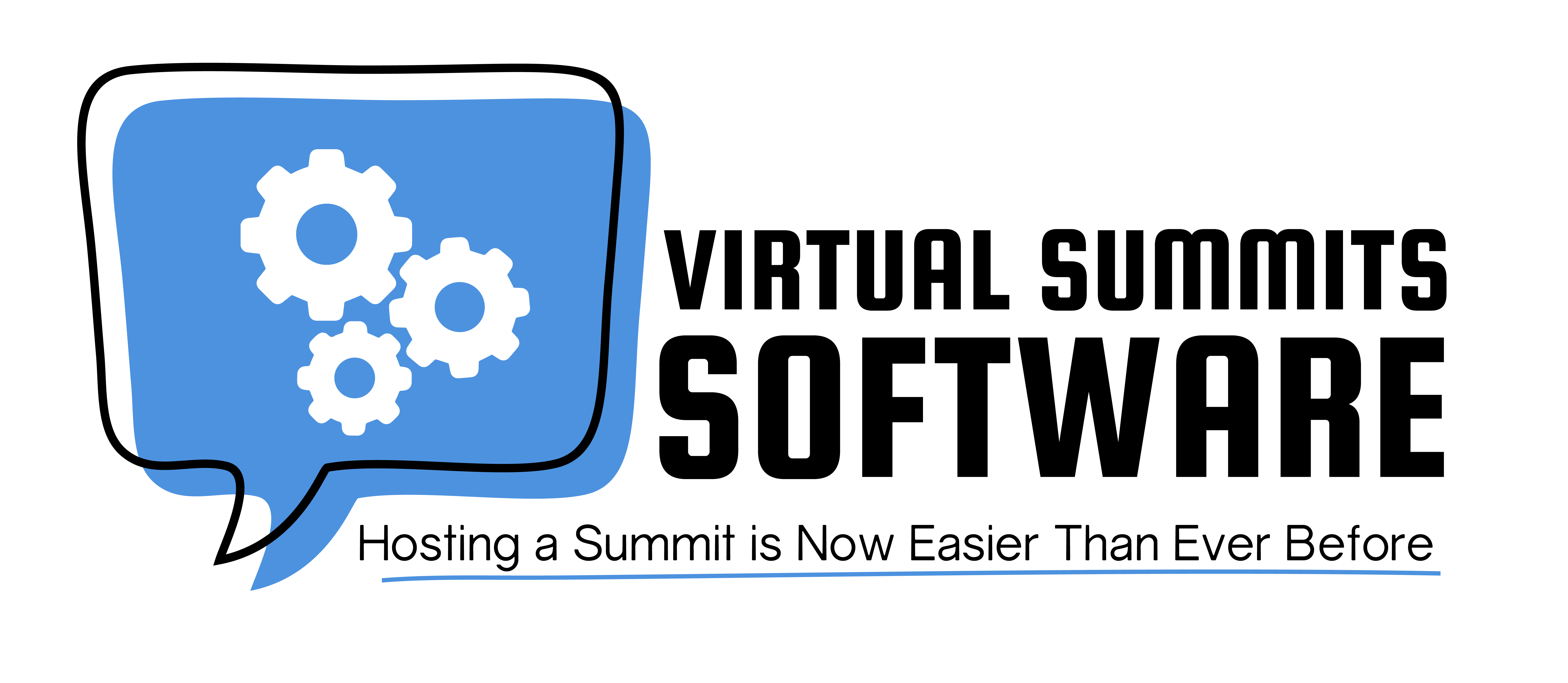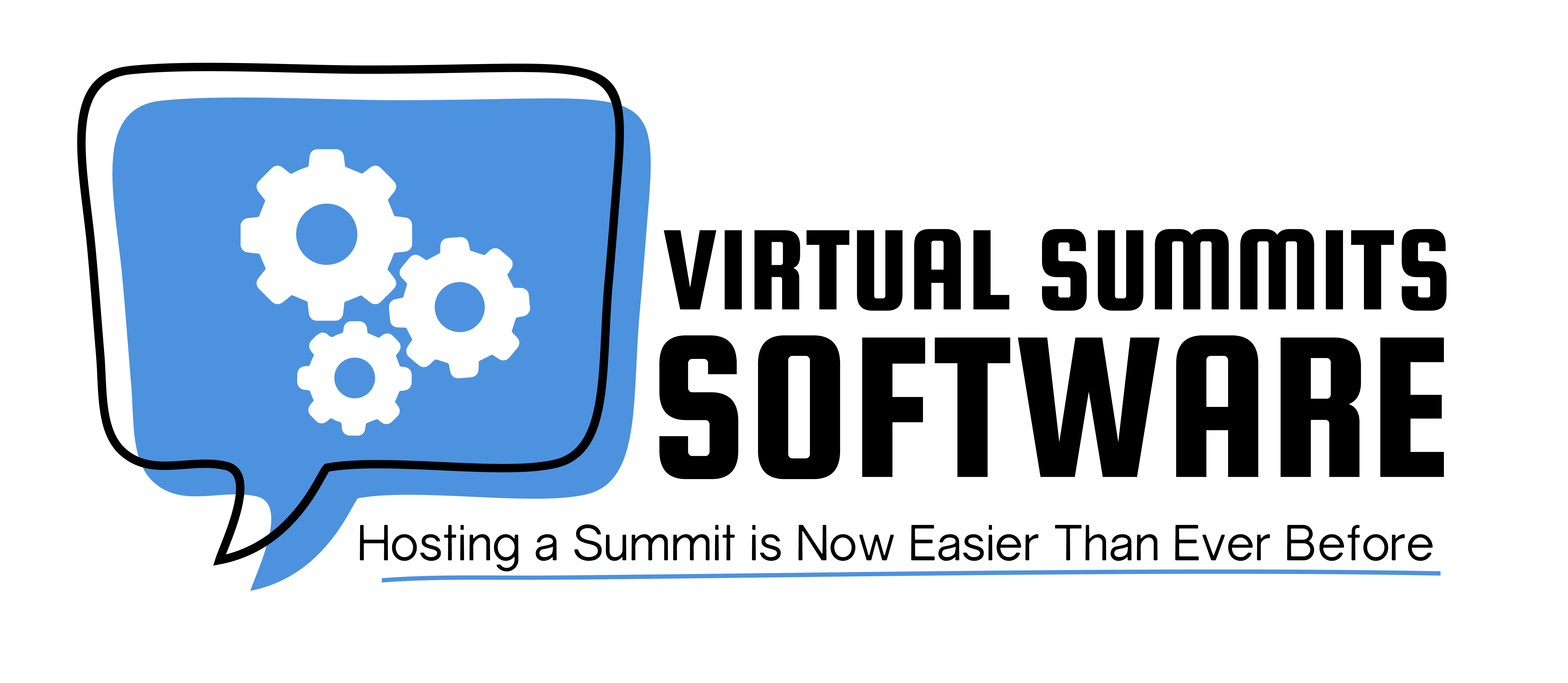
December 17, 2020
by DR. MARK T. WADE
#191: The 7 Different Types Of Virtual Summits & Which One You Should
Description
Not all summits are created equal and not everyone should run a multi day summit. Luckily there are 7 different types of summits that allow you to choose the summit best aligned to meet your goals on your time line and budget. Let’s talk shop!

About Dr. Mark T. Wade
Dr. Mark T Wade went from brick & mortar to multi-million dollar online business using a strategy called the One-Day Summit. Having created 6, 7 & Multi 7-figure businesses in the Brick & Mortar, Online (Education) Business, & Software As A Service space (Virtual Summits Software), Dr. Mark now helps entrepreneurs scale their online businesses with proven strategies such as the One-Day Summit Formula.
Reach Out To Dr. Mark T. Wade
-
Facebook
-
-
Website
7 Different Types Of Summit
➡️ One-Day Summit
-
The summit everybody should start with, if you have not run a summit before
-
It's one day, but it doesn't mean it's a full day in content.
-
It just means that the audience has one day to consume it
-
This overcomes a lot of different challenges that we experienced with other style of summits like overwhelm and video fatigue, interview fatigue, et cetera
-
It allows us to really fine tune the topic and get into the problem and provide the solution in a very short amount of time
-
These have a higher conversion rates
-
It's really specific on a topic, meaning we have anywhere from about 5 speakers, upwards of about 15 speakers, 8 to 10, usually being the sweet spot
-
Very effective for a tactical style summit
-
It allows you to get super specific on the topic or the problem you're trying to solve to really bring in qualified and engaged audience members who will then convert with your next post summit profit strategy or next customer journey.
-
It is much easier to put on
➡️ Multi Day Summit
-
Most popular, the most common style of virtual summit
-
It's pretty challenging
-
There's a lot of work that goes involved
-
If done right and correctly, they're extremely powerful
-
It’s a lot of work, time, and energy but completely worth it
-
It's typically between three to seven days
-
It’s about 20 speakers upwards of 60, 80 speakers
-
Main goal being list building is a collaborative market strategy
-
It's probably the most popular because most people's primary goal with a multi-day summit is to build their audience
➡️ Micro-summit
-
Essentially it's a two day summit
-
This allows you to expand your audience base or expand your promotional period because it's not just one day it's two days
-
It allows for a little bit more engagement
-
It allows you to, to really expand your speakers - instead of like five to 10 and you can now get like about 15, 20 would be the maximum
-
It still reduces overwhelm to an extent, but still provides a lot of substance and content into that.
➡️ Summit Show
-
This is eight or more days, most commonly 21 days
-
The most common type of summit show is 21 days
-
It is typically one speaker, maximum two, but usually one speaker released each day for 21 days
-
It's released like a show
-
Number one goal is exposure and lead gen
-
It gives you a longer window of promotion
-
It also gives you a lot more opportunities for soft selling
-
It gives your speakers the opportunity to choose when they can promote
-
It extends the promotional period and gives your speakers the option of when to speak while also feeling like they're getting their own time
➡️ Summit Series
-
It combines the benefits of essentially of all of the styles of summits into a format that anyone can do
-
Typically a one day summit, but it's in a series
-
Two different types of series - A limited series and an ongoing summit series
-
It gives you really easy to just have monetization happening from your current audience without you constantly having to come up with a new course or a new program
➡️ Premium Summit
-
A paid summit, paid access
-
it is recommended that you already have an engaged audience
-
This is a revenue strategy or revenue objective style of summit, because they're going to pay on the front end
-
It is not a list build style strategy, the paid premium summit is a monetization strategy
➡️ Livestream summit
-
Typically called live stream conferences
-
Instead of recorded, the sessions are live streams that are all happening in real time
-
Typically these are going to be paid so these would typically be premiums as well
-
Typically the primary goal on a live stream conference or live stream summit is to sell a higher end offer like a mastermind or a coaching program
-
It has a primary goal of revenue as well
-
You won't have as build a big of an audience build, but you will generate a lot more revenue
-
Typically these are two or three days
-
It is usually less speakers and more of the host
MY REQUEST
I’m going to give away all the best insights and knowledge but just need YOUR help!
- First - subscribe & leave a 5 star review on this podcast
- Second - share this podcast with anyone you know who has done, or wants to do a summit
That’s all I ask...
HOW TO GET IN TOUCH
👉 I am always looking for feedback
👉 If you have questions send them to me. (I’ll start doing a special Q&A monthly episode)
👉 If you want to be a guest reach out and let me know
👉 If you know someone I should interview please put me in touch with them.
Email me at: Podcast@VirtualSummits.com
Join the Summitology Masterclass: https://www.virtualsummits.software/summitology-masterclass-signup
Resources you can get in the show notes at https://www.virtualsummits.software/resources-v2
✔️ One Day Summit Guide
✔️ Virtual Summits Framework
✔️ Plug & Play
✔️ Free Trial Virtual Summit Software
I want to end this episode by saying,
"I believe in YOU & YOU can do this."
Summits are by far one of the most powerful ways to quickly grow your list, launch your platform & make more money! (Even if you are just getting started).
Don’t get caught up in Analysis paralysis, because the world needs to hear your message & there are people who are waiting for you to help them.
So just get started. Imperfect action is always better than doing nothing!
Thank you and see you on the next episode!

Dr. Mark T Wade went from brick & mortar to multi-million dollar online business using a strategy called the "One-Day Summit".
Having created 6, 7 & Multi 7-figure businesses in the Brick & Mortar, Online (Education) Business, & Software As A Service space (Virtual Summits Software), Dr. Mark now helps entrepreneurs scale their online businesses with proven strategies such as the One-Day Summit Formula.
LINKS MENTIONED IN THIS EPISODE
🔗 Virtual Summits Software Free Trial
🔗 One-Day Summit Starter Guide
OTHER WAYS TO ENJOY THIS POST:


